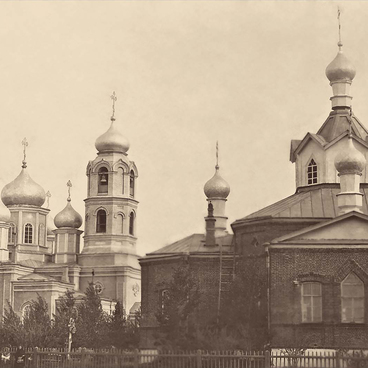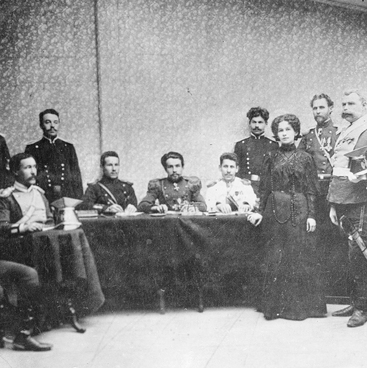Researching the Russian Empire’s medical and pharmaceutical history is impossible without a detailed review of its legal framework. 1857 was marked by the adoption of the Medical Charter, which formed part of the thirteenth volume of the empire’s Digest of Laws. The Charter itself is formed of three books:
’Medical Institutions Regulations’, ‘Medical Policy’ and ‘Forensic Medicine’.
In accordance with the legal framework, the administrative bodies generally oversaw pharmacies, but only the pharmacists managed their own pharmacies.
’Medical Institutions Regulations’, ‘Medical Policy’ and ‘Forensic Medicine’.
In accordance with the legal framework, the administrative bodies generally oversaw pharmacies, but only the pharmacists managed their own pharmacies.
In the pharmacist’s building there needed to be a reception, a storage room (for materials), a coctorium and a laboratory, a dry basement, a refrigerator and a drying room for preserving plant-based materials. The establishment also had to be equipped with stitched books for recording the sale of prescription drugs, recording the manual sale of medicines, recording the sale of toxic substances and for the herbarium of wild plants in Russia. There were special provisions for handing out poisons or potent drugs.
The rules also defined how pharmacies could be opened, aiming to restrict monopolies when decisions around new institutions were being formed, whilst simultaneously looking at the number of prescriptions being issued and the number of people living in a particular area. There are well known cases of hiding the true number of prescriptions from the past: often they were simply not registered or assigned one number for a few different medicines prescribed by the doctor on one form. In so doing, it hid the true turnover.
The rules also defined how pharmacies could be opened, aiming to restrict monopolies when decisions around new institutions were being formed, whilst simultaneously looking at the number of prescriptions being issued and the number of people living in a particular area. There are well known cases of hiding the true number of prescriptions from the past: often they were simply not registered or assigned one number for a few different medicines prescribed by the doctor on one form. In so doing, it hid the true turnover.





